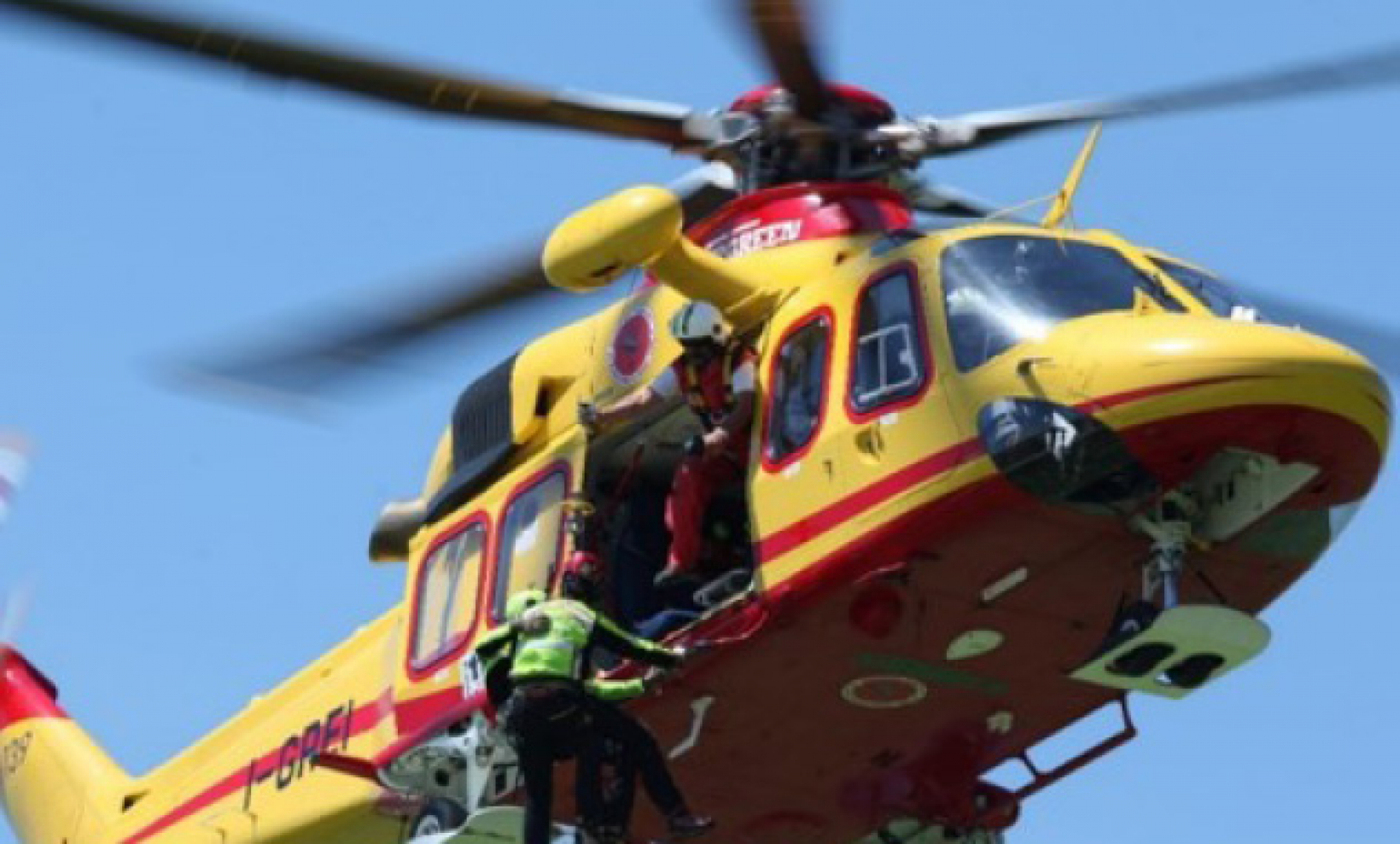
The European Space Programmes are playing a key role in managing the COVID-19 pandemic and in particular in supporting emergency and medical operations in all weather, anytime, when they are most needed. We have talked to air ambulance and emergency operators using EGNOS about their experience and how EGNOS is helping them to take care of EU citizens, operate more effectively in these difficult times and save lives.
During this difficult period, the perception of our world has changed and we recognise the health sector and care givers as our new heroes. When patients from remote areas need to be taken to a hospital at night, in difficult weather situations and life is at stake, EGNOS makes the operation safe. Michael Diefenbach, Managing Director of German air ambulance operator Jetcall noted “We do see an increase in complex mission requests that are extremely challenging, both medically as well as from the operational and aviation perspective,” he said.
Patients with confirmed COVID-19 infection need to be transported in an operation that is safe for patients and crew.
EGNOS to save lives during critical missions
The accessibility and efficiency gains offered by EGNOS make it possible to land in adverse weather conditions and limited visibility, which is a major advantage. The gains on mission time might well make the difference between life and death of a critically ill patient in regions with limited medical services available.
Jetcall is being funded by the GSA to upgrade two air ambulance aircraft with EGNOS capabilities in order to better serve their clients. EGNOS enables instrument approach procedures best suited for these operations, such as low-level routes, which means being able to fly at low altitude.

Previously, operators had to fly under visual flight rules, and therefore faced restrictions in difficult weather conditions or at night. This type of operation can be implemented at helipads in hospitals without the ground infrastructure costs required in conventional operations. In this way, EGNOS provides a cost efficient and safe solution to transfer patients and medical teams to those hospitals with increased reliability and availability, which is essential to save lives.
“Any tool that allows us to perform faster approaches, to use more remote airfields located closer to the patient, or utilise this last available airport that still accepts us for re-fuel or overnight stops might become mission critical. It makes a huge difference, not only to our ability to execute a mission and stay in business, but most importantly to the patients and their families, who face the very real and present danger of losing a loved one,” Diefenbach said.
“Our clients are constantly looking for two things in their service providers: outstanding quality in the medical services performed on board, and maximum reliability without compromising on flexibility. Having systems like EGNOS services available is definitely an added value as regards mission capability and flexibility and this is highly appreciated by our customers,” he added.
Like Diefenbach, Ivo Airaudi, crew training post holder at the Italian emergency operator Airgreen is also seeing increased challenges in helicopter rescue missions during the COVID-Crisis.
However, helicopters have been called also for transporting medical doctors and equipment on remote sites. In such situations EGNOS is making the operation possible. “Our helicopters are able to work with EGNOS and to profit from its high accuracy and integrity, which is much better than with standard GPS,” he said. “For example, in one of our rescue bases located on Cuneo Airport if we have bad weather conditions using standard procedures, we may not be able to land at an airport. But using LPV (localizer performance with vertical guidance) we are able to land because we have a lower decision altitude,” Airaudi said.
“We are participating in a really interesting project financed by the GSA – the ECARO project. This project will develop these EGNOS enabled low-level routes in additional locations in Italy. This will allow helicopters to move from the north to the south of Italy along many different low-level routes. This will be a really big step forward for us thanks to EGNOS,” he said.
Responding to user needs with a harmonised European approach
The GSA was pioneer in supporting the implementation of EGNOS-based approaches and low-level routes in Europe, and is funding a large number of operations and helicopter upgrades. As of today, 23 operational helicopter approaches are using EGNOS in Italy, Austria, Norway, Italy, Czech Republic, France, Switzerland and Germany.
Building on users’ needs, the EGNOS Safety of Life Service Definition Document also explicitly reflects rotorcraft operations and, in particular, EGNOS-based Helicopter Emergency Medical Services (HEMS) operations.
In order to harmonise implementation of operations, the GSA supported the creation of the Five Lives Advisory Group (FLAG) of helicopter users, now consolidated as the European focal point for the coordination of EGNOS-based operations for emergency response. In cooperation with EASA and Eurocontrol, the group now includes more than 40 experts from National Aviation Authorities and Air Navigation Service Providers from all Member States, along with emergency operators and manufacturers working on helicopter operations based on EGNOS. In collaboration with all stakeholders the group has developed a three-year work programme for implementation and support of satellite-based rotorcraft operations and published Safety Guidance material for these operations.

